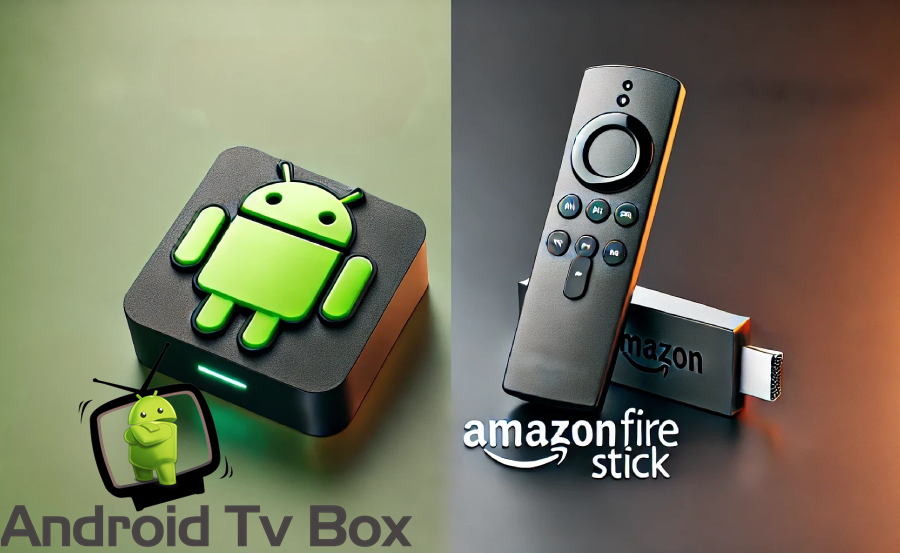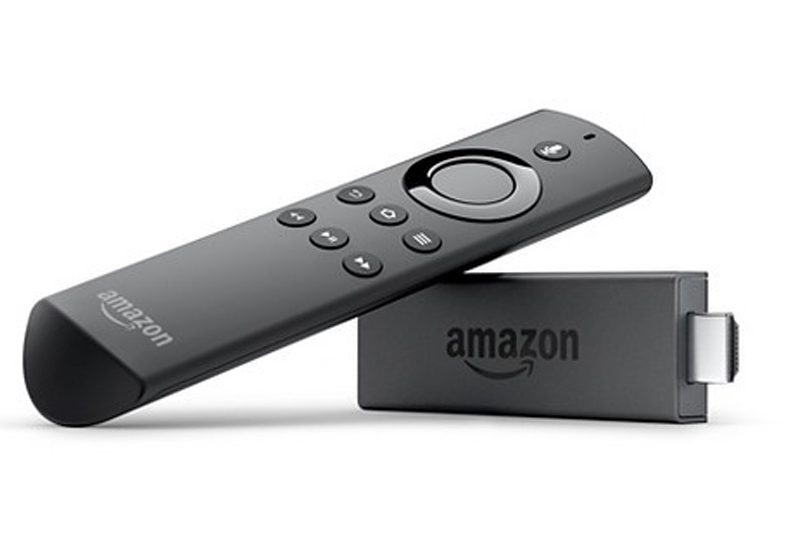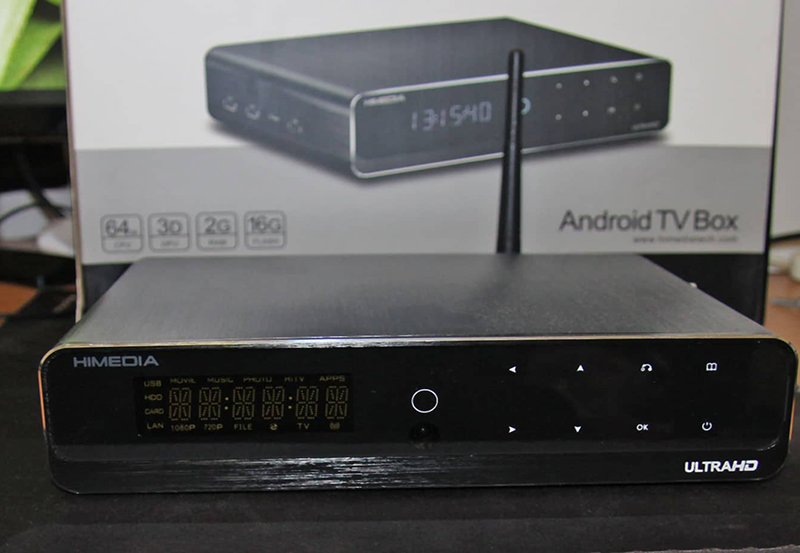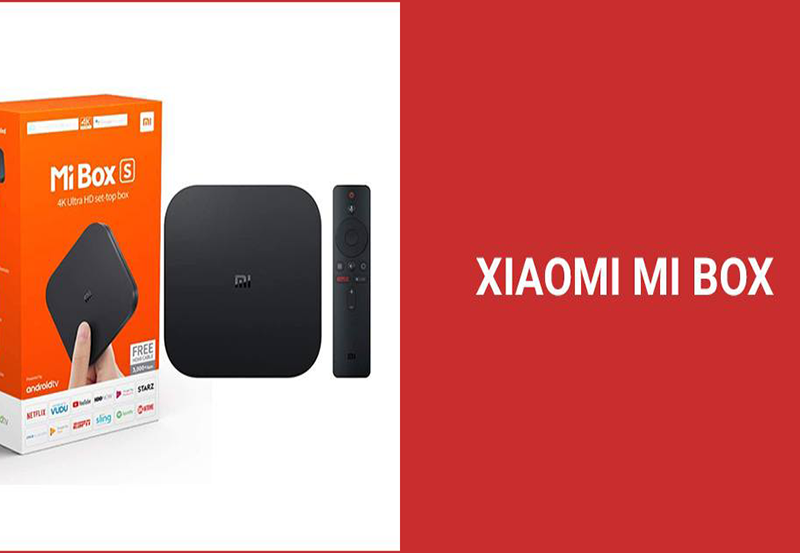The realm of streaming devices is buzzing with options, but none have quite the allure of the Android TV Box and the Amazon Fire TV Stick. As technology continually pivots, every stay-at-home tech enthusiast finds themselves pondering over which device truly reigns supreme. Let’s explore the strengths and weaknesses of each to help make your decision a bit easier.
Understanding the Basics
Overview of the Android TV Box
Diving into the world of Android TV boxes, these gadgets bring the full capabilities of the Android operating system right to your living room. They offer flexibility, a multitude of apps, and a plethora of customization options. Users enjoy the native Google Play Store, allowing for expansive content access ranging from streaming services to games, and even productivity applications.
One cannot overlook the myriad of brands manufacturing these devices, which opens a floodgate of specifications, pricing, and features. This gives consumers the opportunity to pick a device that perfectly matches their requirements and budget, but can also make the decision-making process somewhat overwhelming. Regardless, the potential for high-quality media streaming is significant.
Pro Tip:
Stream live sports and entertainment seamlessly with Top IPTV subscriptions for unparalleled quality and performance.
Inside the Amazon Fire TV Stick
The Amazon Fire TV Stick simplifies streaming with Amazon’s signature ease of use. Integrated seamlessly with Alexa, users can control their viewing with just their voice. The Fire TV Stick is compact yet power-packed, offering access to popular platforms like Netflix, Hulu, and Amazon Prime Video.
Beyond simplicity, Amazon continuously enhances the Fire TV ecosystem. With regular updates and a focus on user experience, this device is designed to be as straightforward as it is effective. Clearly, for those entrenched in the Amazon ecosystem, this device often complements existing services perfectly.
Feature Showdown
Performance & Speed
When it comes to performance, speed is king. Android TV Boxes often boast higher hardware specifications, resulting in faster load times and smoother video playback. These specifications can vary significantly depending on the model, with some boasting impressive processing speeds rivaling top-tier smart TVs.
Conversely, the Fire TV Stick, while compact, still delivers solid performance with its quad-core processor. It might not match the top-of-the-line Android boxes in raw power, but for the average user, its performance suffices for everyday streaming tasks. That said, power users might find it a tad limited, especially if they plan on extensive multitasking or intensive streaming activities.
User Interface & Navigation
A device’s interface can make or break user experience. Android TV Boxes typically provide a more traditional smart TV feel with their Android operating system. This includes easier typing and more customization options, courtesy of apps, widgets, and background settings.
In contrast, Amazon Fire TV’s interface focuses heavily on content discovery, blending simplicity with utility. It’s straightforward, and it leverages Amazon’s recommendation algorithms to suggest new content based on your viewing habits. For users who prioritize ease over customization, this interface could be a winning factor.
The Role of IPTV in Modern Streaming
Exploring IPTV Compatibility
With the rise of IPTV services, which offer a more flexible and sometimes cheaper alternative to traditional cable, the question of device compatibility is crucial. Android TV boxes shine in this regard, offering extensive support for IPTV apps. The flexibility and the ability to download apps directly make it easy to integrate the best IPTV service seamlessly.
Amazon’s Fire TV Stick is not without its merits here. Although it starts with fewer apps available on the Amazon App Store, third-party app installation is possible, albeit slightly more complex. Hence, users can still make use of M3U playlists for IPTV by sideloading apps not natively available, with minimal compromise on functionality.
Maximizing Your IPTV Experience
To fully capitalize on IPTV services, consider aspects like app compatibility, streaming quality, and network stability. Android TV boxes, with their open-nature, allow users to tweak and optimize their viewing experience, ensuring high-definition streaming without interruptions.
On the flip side, with some technical know-how, Fire TV Stick users can also optimize their setup. From managing bandwidth to using Ethernet adapters for a wired connection, several modifications can enhance the IPTV experience significantly. Regardless of the device, understanding these intricacies can elevate your viewing experience tremendously.
Cost-Benefit Analysis
Purchase Cost vs. Longevity
Price is always a decisive factor, with Android TV Boxes generally boasting a wide price range. There’s something for every budget, but more expensive models tend to offer better hardware support, longer updates, and often, a more polished performance.
In comparison, the Amazon Fire TV Stick is affordable, offering exceptional value especially when bundled offers and discounts come into play. While it might not be the powerhouse some Android boxes are, its longevity and support from Amazon ensure you won’t be replacing it anytime soon.
Value-Added Features
Features like voice control, smart home integration, and gaming capabilities can tip the scales in favor of one device. Android TV Boxes often include more robust gaming capabilities, but the Fire TV Stick holds value in its seamless integration with other Amazon products like Echo devices and even Ring cameras.
Beyond just the device cost, consider the potential peripherals. Does your Android box need a keyboard for ease of use? Will adding a pair of speakers elevate your sound experience on the Fire TV Stick? These value-added features, while often overlooked, can significantly impact your overall satisfaction.
Finally Deciding: The Choice is Yours
In the performance battle between Android TV Boxes and Amazon Fire TV Sticks, there is no universal winner—only the right choice for you. Evaluate your tech ecosystem, streaming habits, and willingness to tinker with your setup.
- If flexibility is your priority: Android TV Boxes, with their vast array of options and the Google Play Store, offer an open and customizable experience.
- If simplicity and integration matter more: The Amazon Fire TV Stick might just be the perfect fit, with its user-friendly interface and seamless compatibility with other Amazon products.
FAQs on Streaming Devices

Is it easy to set up Android TV Box with the best IPTV service?
Yes, most Android TV Boxes are user-friendly when it comes to setup. You can simply search for the IPTV app on the Google Play Store, download it, and configure your settings to match your IPTV provider’s instructions.
Can the Fire TV Stick support M3U playlists for IPTV?
While the Fire TV Stick doesn’t support M3U playlists directly, you can use third-party apps. Typically, you’ll have to sideload an app onto the device, which allows you to access and play M3U playlists as desired.
Which device is better for gaming?
If gaming is essential, an Android TV Box with higher specifications, like a faster processor and more RAM, is favorable. Some models allow you to connect gaming controllers, providing a console-like experience.
How do updates compare between these devices?
Generally, the Amazon Fire TV Stick receives regular updates directly from Amazon, ensuring a smooth and secure user experience. Updates for Android TV Boxes depend on the manufacturer, which can vary greatly.
Do these devices require an internet connection for all functions?
Yes, since both devices are primarily used for streaming, a stable internet connection is necessary. However, some Android TV Boxes allow offline playback if content is downloaded directly onto the device.
What are the implications of brand variety with Android TV Boxes?
While variety means you have tailored options regarding specifications and price, it also implies variability in quality and customer support. Researching specific brands and models can mitigate potential issues.
Is voice control available on both devices?
Yes, both devices support voice control. Fire TV Stick utilizes Alexa for voice commands, while many Android TV Boxes come equipped with Google Assistant, ensuring hands-free navigation on both platforms.
How to Set Up Your Mag Box: A Step-by-Step Guide





